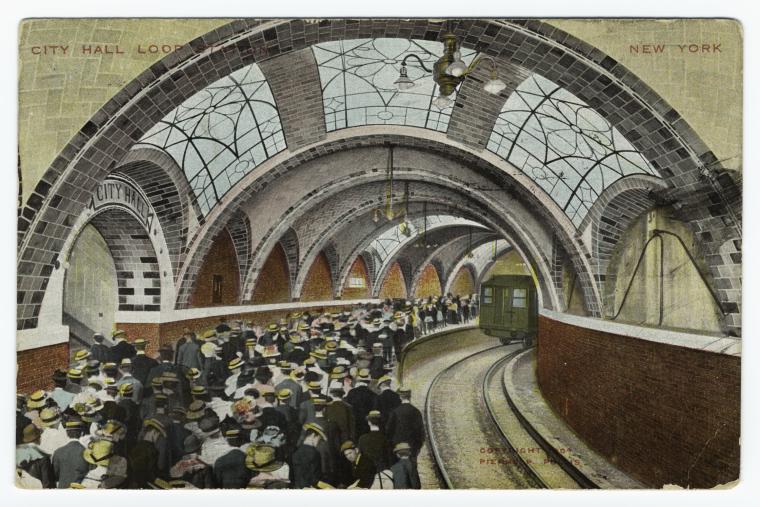At once timeless and fresh, elegant and every day, subway tile is one of the most employed décor elements in modern interiors. While the style staple is nearly synonymous with at-home design in 2019, its legacy dates back more than a century — to 1904. It was then that architects George Lewis Heins and Christopher Grant Lafarge created the tile specifically for the first New York City subway station in 3-by-6-inch rectangle form.
In the ensuing 115 years, design devotees have flocked to the bathroom and kitchen catch-all for a variety of reasons — namely its budget-friendly prices and practicality. Not to mention its inimitable minimalistic appeal.

“Practicing style restraint is important when the scope of design and application is full of possibility,” says interior designer Laura Helveston of Belong Economy. “Simple ceramics like the subway tile become outstanding when pattern is employed.”
Although the classic version is still a sound choice, Helveston shares six alternatives that should only help to extend this enduring design element’s following:
1. Stone
Bianco Carrara Polished Marble Tile, Wayfair, $20/square foot
Designer Take: “This Carrara marble option satisfies designer taste and cost consciousness. Apply a vertical herringbone pattern to the shower surround with a cool grey grout for a classy edge.”
2. Hand-Painted
Mayan Blue Tile, Fireclay Tile, $28/square foot
Designer Take: “This tile boasts deep heritage and artisan quality, and its hand-glazed crackle finish offers interest and depth. Use it for a striking kitchen backsplash, with crisp white shaker cabinets and brushed gold hardware to complete the look.”
3. Glass
Loft Ash Gray Frosted Glass Tile, TileBar, $13.95/square foot
Designer Take: “A masculine take on delicate glass, this tile is great in a stacked brick pattern behind a minimalist master bathroom vanity. Brass fixtures and concrete basin sinks will help to hone its modern aesthetic.”
4. Cork
Stick Bricks, Sustainable Materials, prices available upon request
Designer Take: “Sustainable sourcing meets strong design in cork tile, which can bring natural vibes to the wall of a Hollywood Regency-inspired dining room. Add lush tropical foliage and a hint of fuchsia with velvet chair cushions for a vibrant, rich feel throughout.”
5. Vintage
Green Beveled Edge Rectangular Tile Set, Old Good Things, $400 for lot of 68
Designer Take: “Musky green beveled subway tiles work well as a focal point above the cooktop. Surround the reclaimed green goodness with glossy white subway tile for a balanced kitchen backsplash, and employ rustic wood base cabinets and white uppers with minimalist hardware to complete the look.”
1920s Reclaimed White Tile, Etsy, $4.75/tile
Designer Take: “It doesn’t get more ‘subway’ than this 1920s white 3-by-6 variation. I envision it perfectly with a claw foot tub, which is situated amidst this vintage tile wainscoted glory. Roll out a saturated Persian rug for a stunner of a bathroom.”

